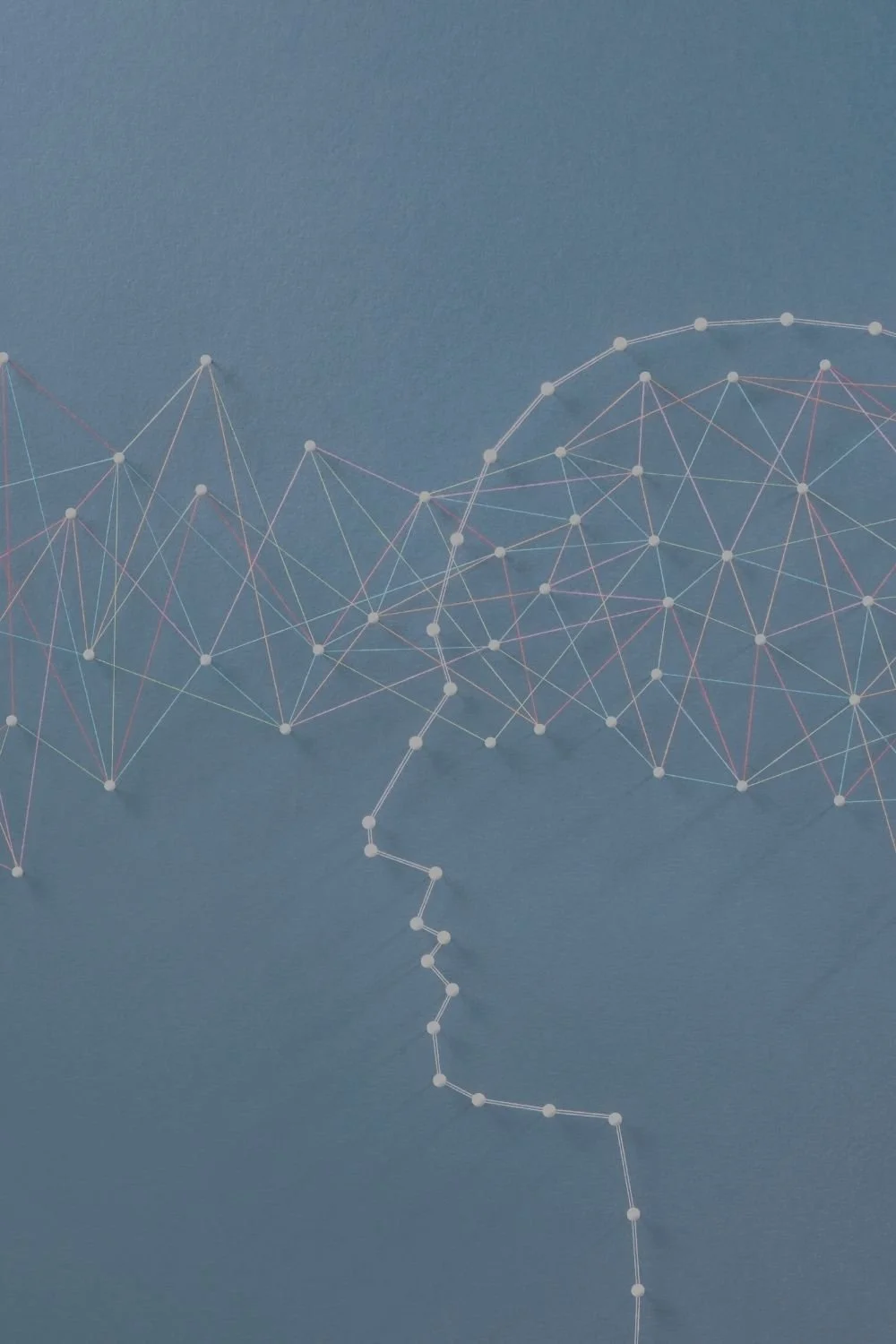In this blog, explore the connection between meditation and ketamine infusion therapy. Learn about how practicing breath meditation can support and enhance the benefits of your ketamine treatments, providing a deeper and more enriching experience.
How Ketamine Affects Your Brain Waves
How Ketamine Affects The Default Mode Network
What’s The Default Mode Network?
The default mode network (DMN) describes various portions in your brain that seem to get activated when your mind is in a passive, non-task oriented state. So it might be when you're just relaxing, daydreaming, thinking about the future or the past without a specific goal. Some people hypothesize that this is actually where the ego may reside and also where we hold a lot of these internal beliefs that may not be supporting us. So for example, you might habitually be saying to yourself, "I'm not good enough" or "I'm not worthy " or "I don’t deserve that.” These automatic thought patterns may be stemming from your default mode. You're not consciously trying to think of this but it just reflexively comes up.
Ketamine Treatments Are Like Hitting the Reset Button
The Effect of Hippocampal Neurogenesis In Depression
Neurogenesis
When you break the word itself down, it comes in two parts: “neuro” as in neuron, and “genesis” as in creation. Neurogenesis broadly speaking is the process by which new neurons are created in the brain, thus allowing for increased plasticity of the brain and stronger synaptic connections. Adult neurogenesis is the process by which new neurons are created and integrated into existing brain circuitry when you are an adult. Adult neurogenesis can be seen in the olfactory bulb and the hippocampus.
Going Beyond Serotonin in Depression
Depression is among the most disabling conditions in our society. According to the World Health Organization, depression is the leading cause of ill health and disability worldwide. In America, 12.5% of individuals over the age of 12 have filled an antidepressant prescription. Yet, the effectiveness of these medications are still lacking. Many patients don’t respond to antidepressant medications, and it can take months for the medicine to kick in. Unfortunately, many patients will regain their depression after being on medications long term.
How Ketamine Affects The Brain In Depression: fMRI perspective
Ketamine is alleviating symptoms of those suffering from Major Depressive Disorder (MDD). It works rapidly and effectively, especially compared to traditional treatment such as selective serotonin reuptake inhibitors (SSRIs).
So, how is ketamine making this happen? There is currently no definitive answer to “How Does Ketamine Exactly Work?”, and honestly we don’t believe there is only one single answer. We believe there are multiple mechanisms (scroll to the bottom to check out a couple videos where Dr. Ko explain the less “scientific” mechanisms, such as the spiritual mechanism)
Ketamine's Impact on Brain-Derived Neurotrophic Factor (BDNF)
According to the World Health Organization, depression has now surpassed HIV, AIDS, malaria, diabetes, and war as the leading cause of disability. Current antidepressants may take weeks to months to be effective. Unfortunately, one-third of patients are still unresponsive, and are called “treatment-resistant.” However, there are other options available.
The 4 Mechanisms of How Ketamine Works
Ketamine's Connection to Neurons
Researchers hypothesize that neurogenesis, or neuron growth, is an antidepressant action. This hypothesis is linked to the understanding that nearly all antidepressants increase birth of granule neurons in rodents. Ketamine, however, has such rapid antidepressant effects, within hours, suggesting that the mechanisms involved with ketamine are not involved with neuron birth. Instead, researchers hypothesized that ketamine’s rapid effects are due to it enhancing the maturation of neurons born previously.
Theta Brain Waves & the Anti-Anxiety Effects of Ketamine
According to a study published in the International Journal of Neuropsychopharmacology in 2018, specific brain waves are related to the anti-anxiety effects of ketamine. The brain waves involved in this function are called theta waves, found in the right frontal area of the brain. Ketamine can treat a wide variety of neurotic disorders, such as depression, generalized anxiety disorder, and PTSD, but researchers do not conclusively understand how ketamine works to relieve the symptoms of these disorders.
3 Must Read Scientific Articles About Depression and Ketamine
Want to know more about how ketamine works? Especially curious about how it transforms the lives of those with depression, anxiety, and pain? Love science? A google or PubMed search will give you numerous articles on this topic. At Reset Ketamine, we are big readers and lovers of learning so we found three articles you should check out regarding depression and ketamine...especially if you are science nerds like us!
3 Reasons Why You Should Know About the Default Mode Network of Your Brain
The Default Mode Network (sometimes called simply the default network or the DMN) refers to an interconnected group of brain structures that are hypothesized to be part of a functional system. The DMN includes areas of the brain which researchers found to have higher activity when the mind was supposed to be at rest. For example, when you are day dreaming, thinking about the future, replaying memories, etc. without a specific goal in mind. Now, why would we care about this? The DMN is found to have increased activity in certain mood and pain disorders. That being said, let's look at our 3 reasons why you should know about the DMN.
How Ketamine Makes Your Brain “Re-Grow”
Imagine a lush green forest, filled with many trees with numerous branches. Now, imagine the opposite. The same trees, but instead brown and with branches falling off. These trees are now dying out. This forest is now sparse due to repeated fires, harsh weather, and pollution. The forest is functioning below what it could, and producing less oxygen and food for the creatures it protects.















